HarryVegas
Well-known member
That's it now r00fie, you've introduced disusedstations into the equation. This thread will go dead for weeks while everyone falls into a steamer-shaped black hole!
Best get back on the rails and keep the trains moving(y)That's it now r00fie, you've introduced disusedstations into the equation. This thread will go dead for weeks while everyone falls into a steamer-shaped black hole!
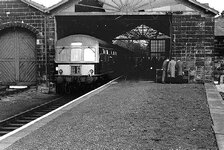
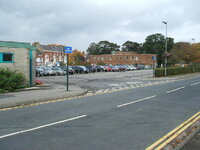

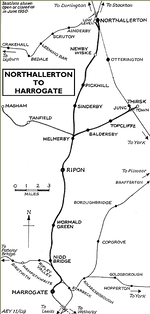


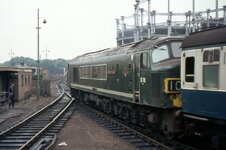



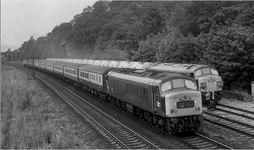
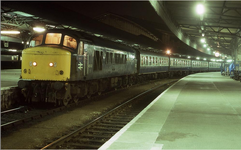
You are right of course.Whitby west cliff Station and the line to Loftus closed in 1961 which was before the Beeching cuts
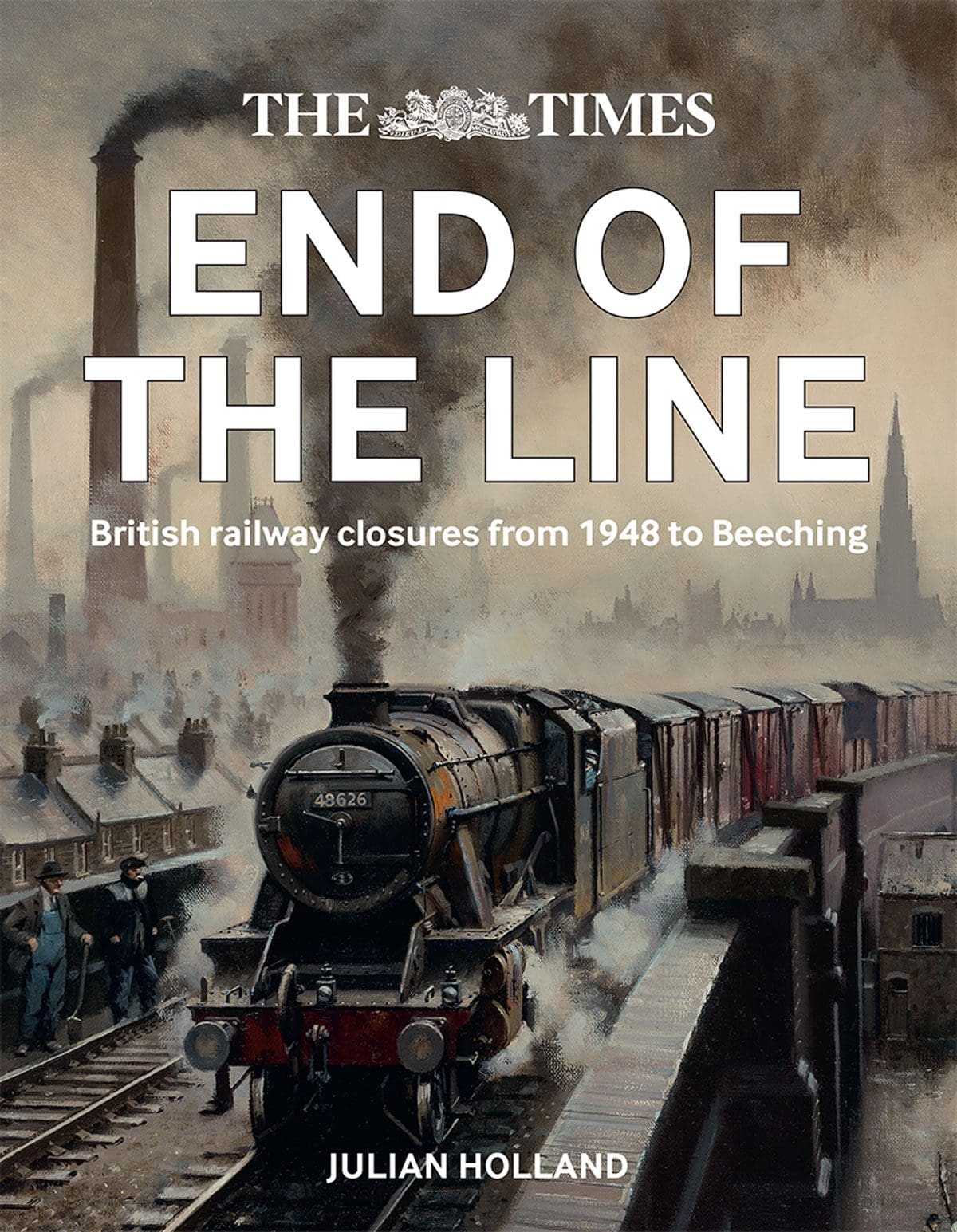
 www.railwaymagazine.co.uk
www.railwaymagazine.co.uk
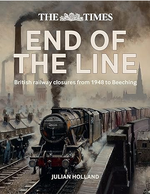
Oh right, ermm...thanks.Research the plans for Redcar Central online.
You`l find the answer.
Oh right, ermm...thanks.
Sorry to bother you.
